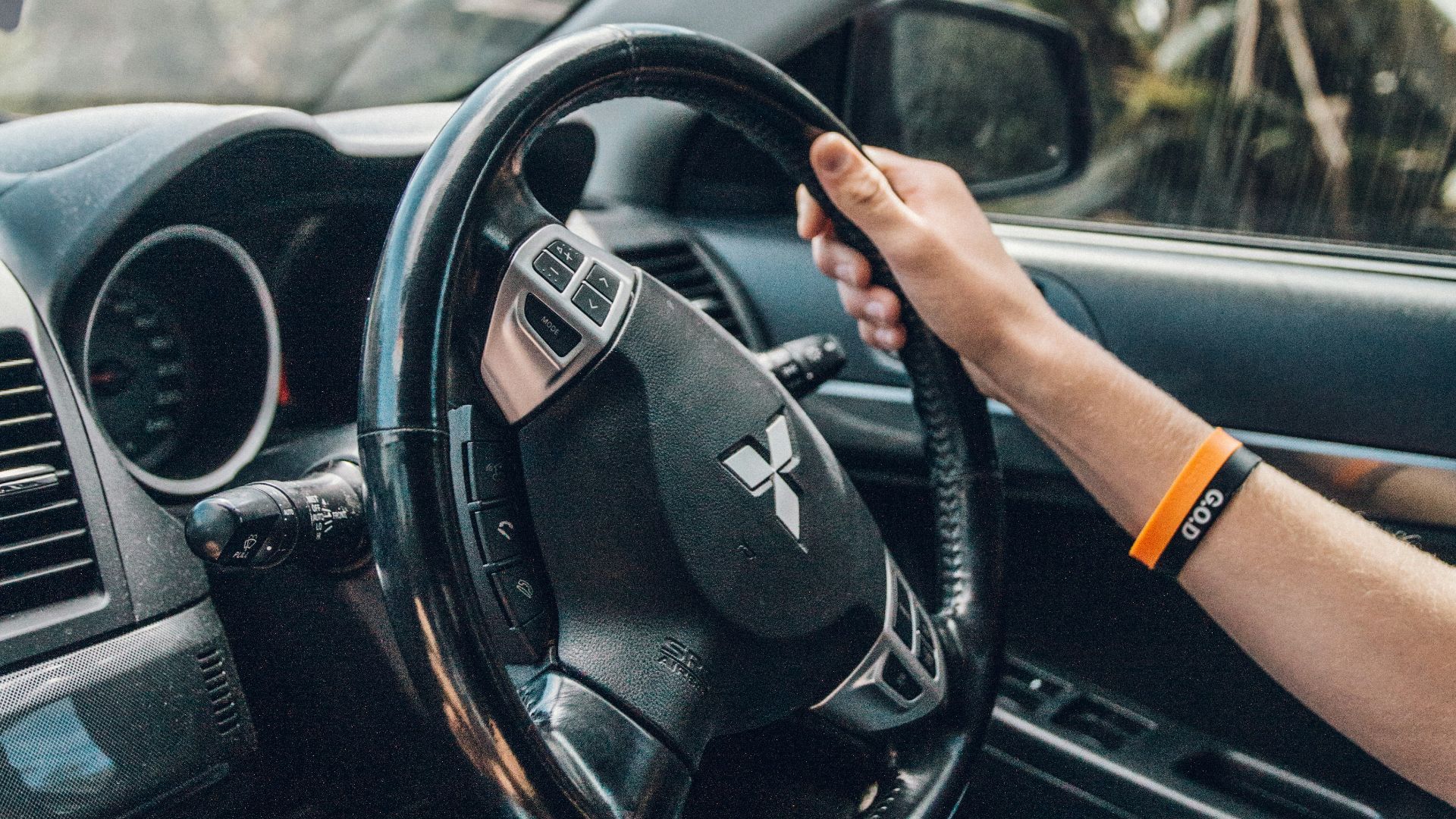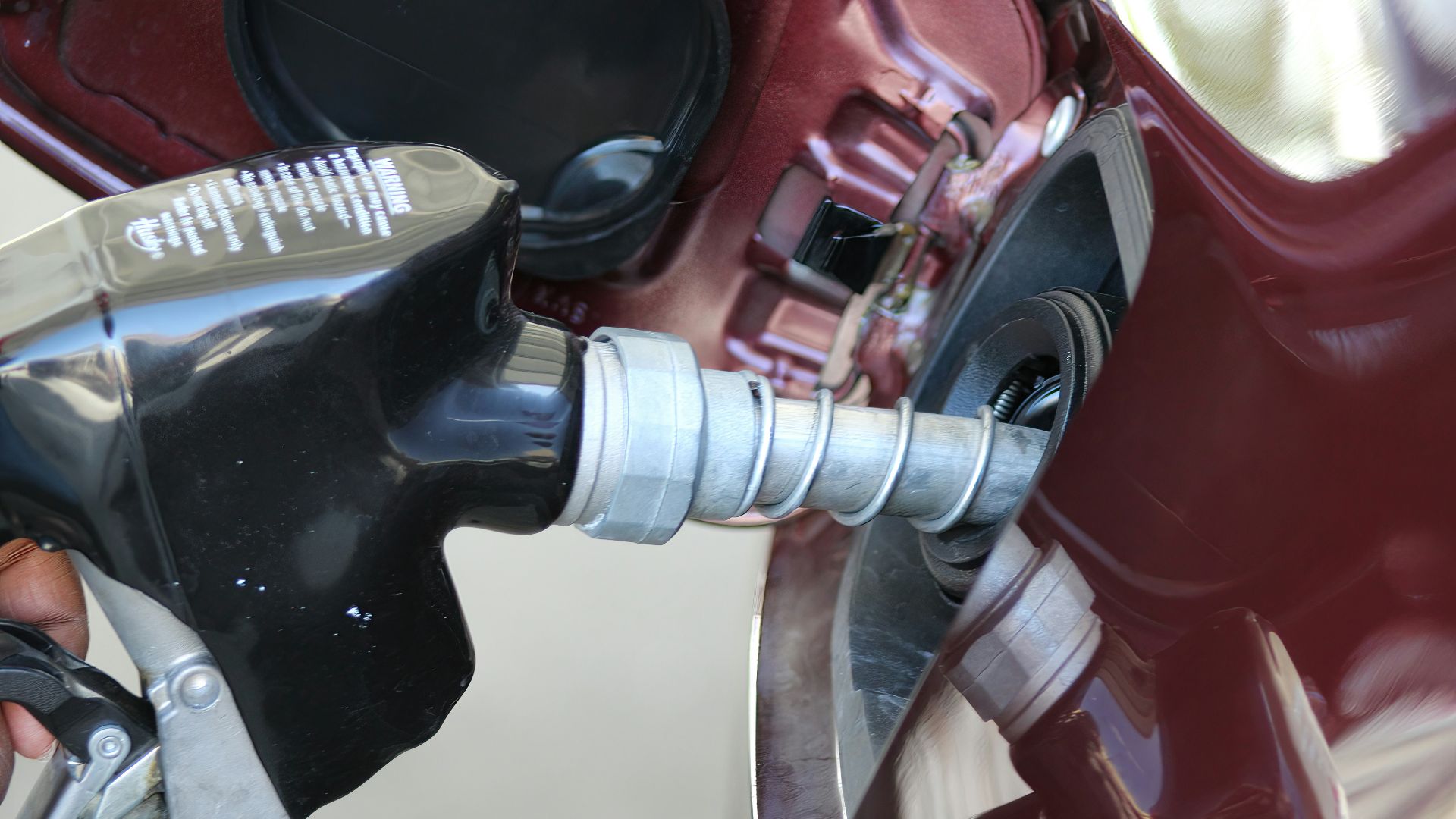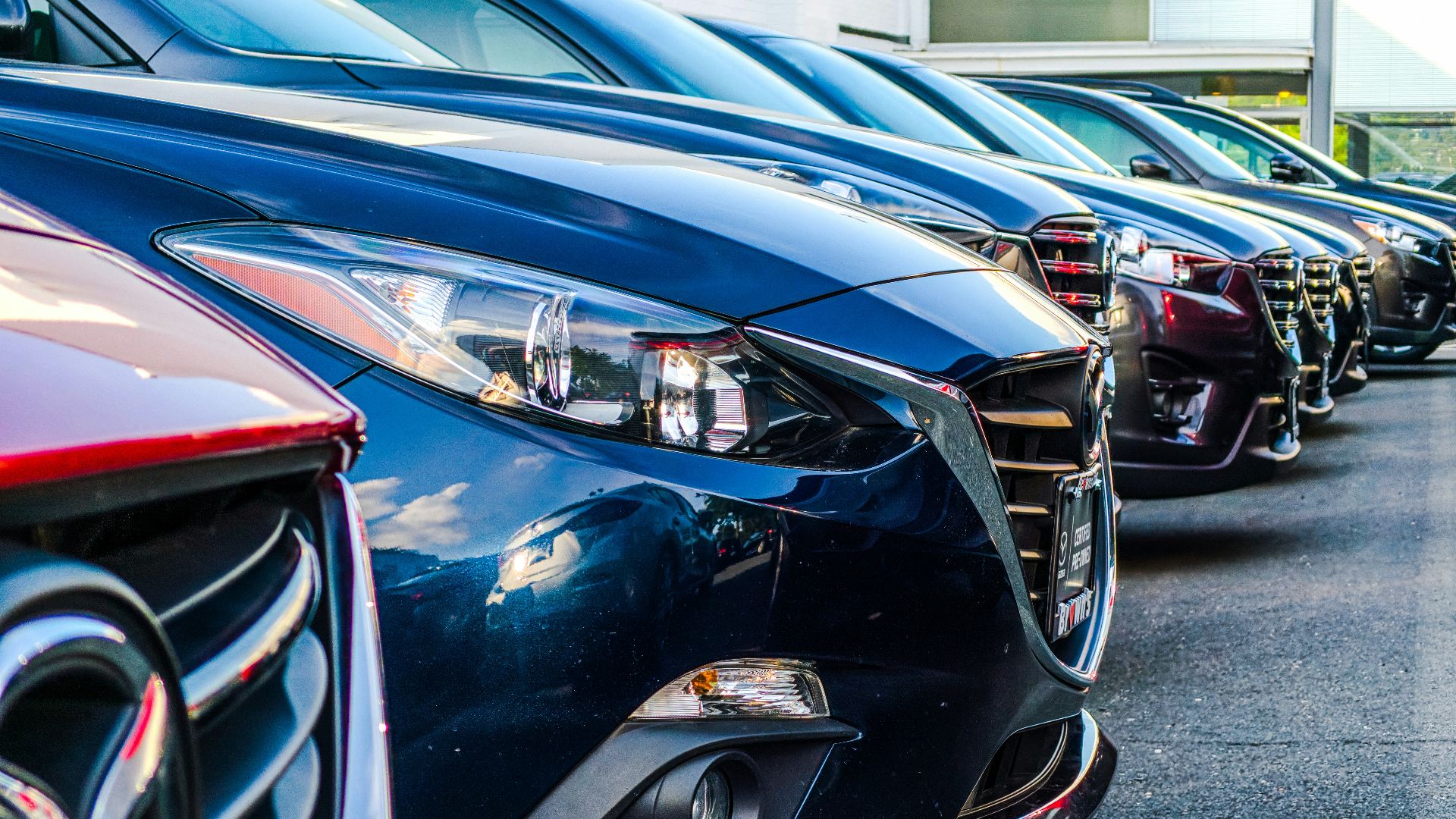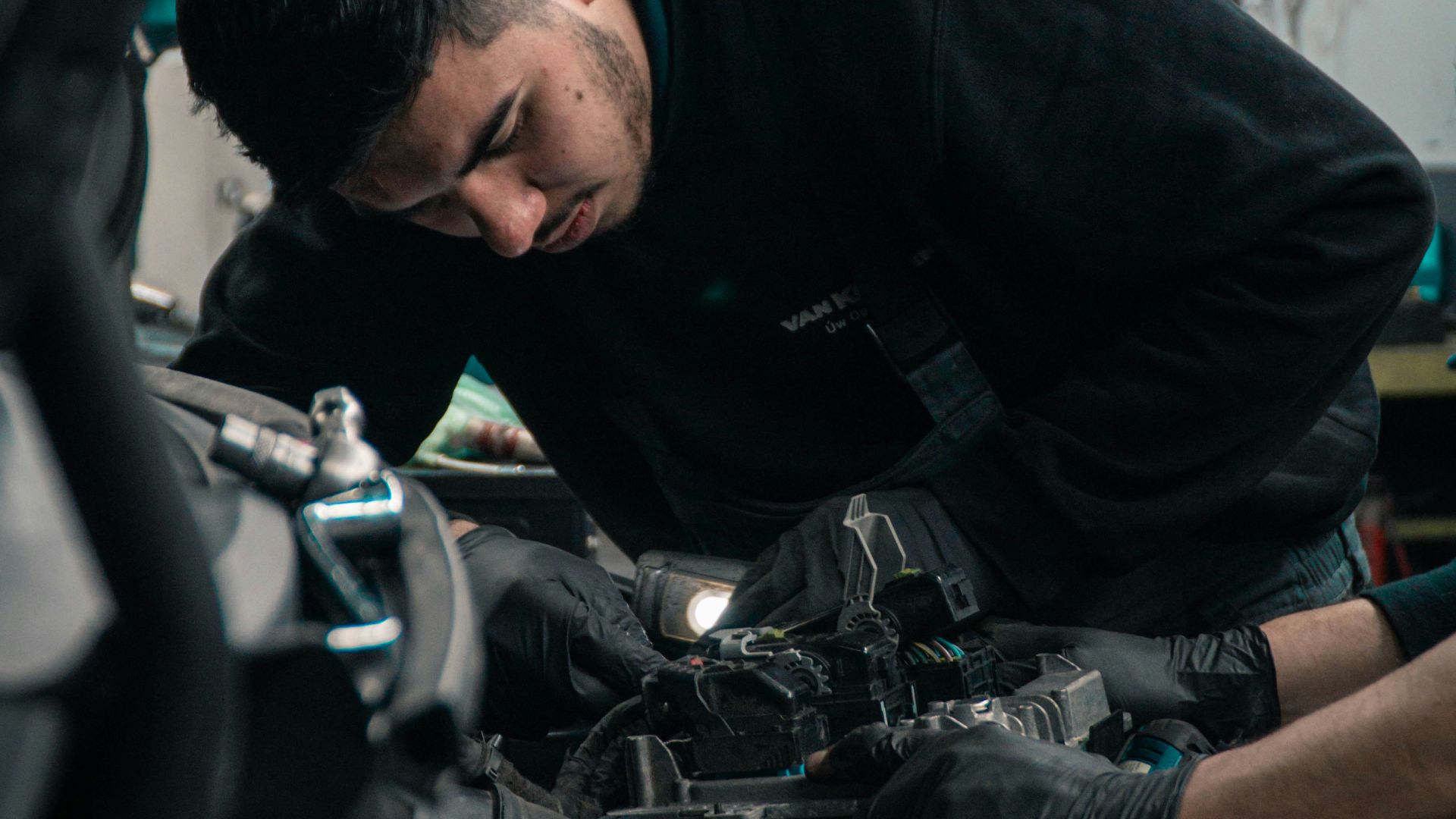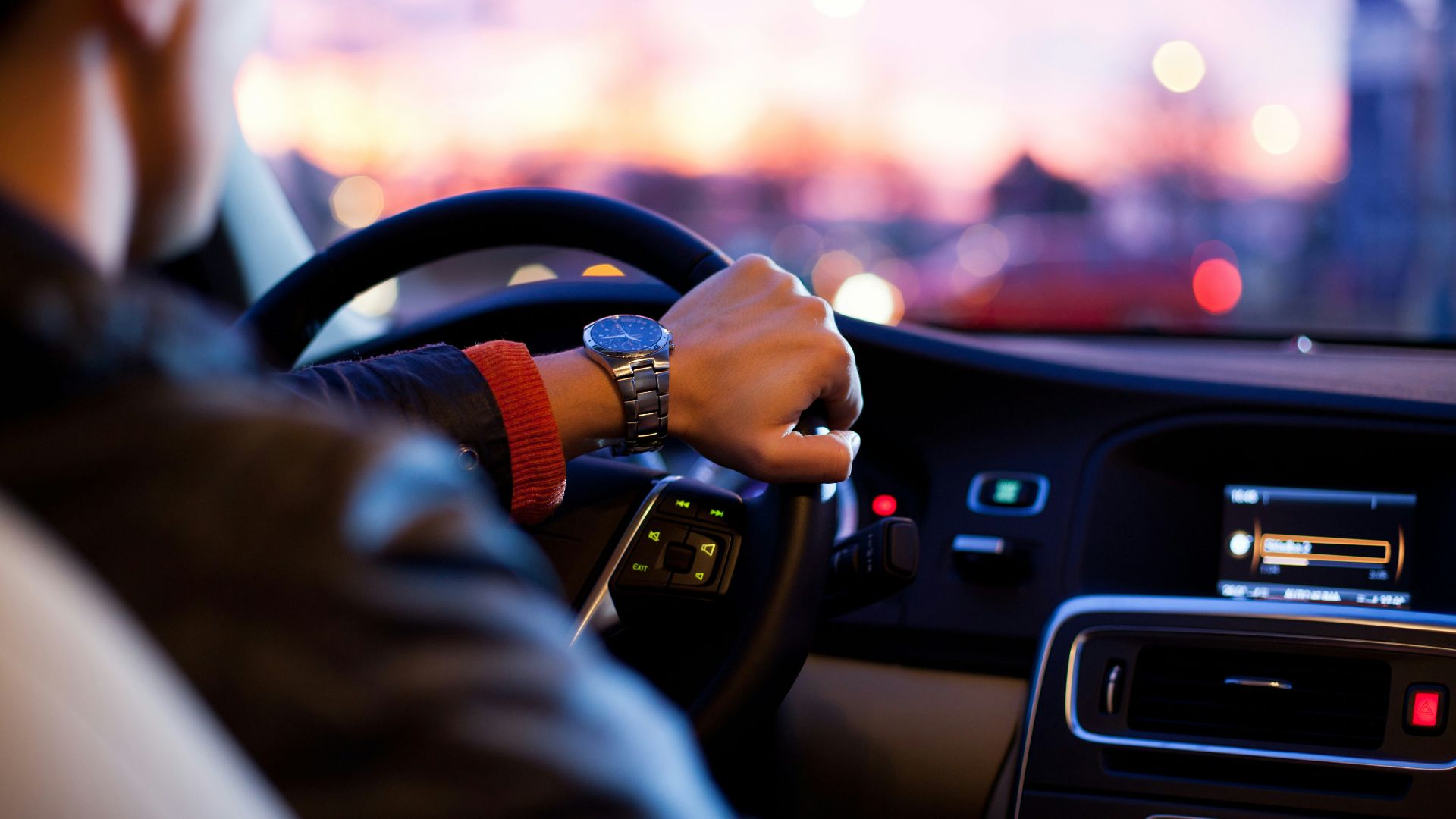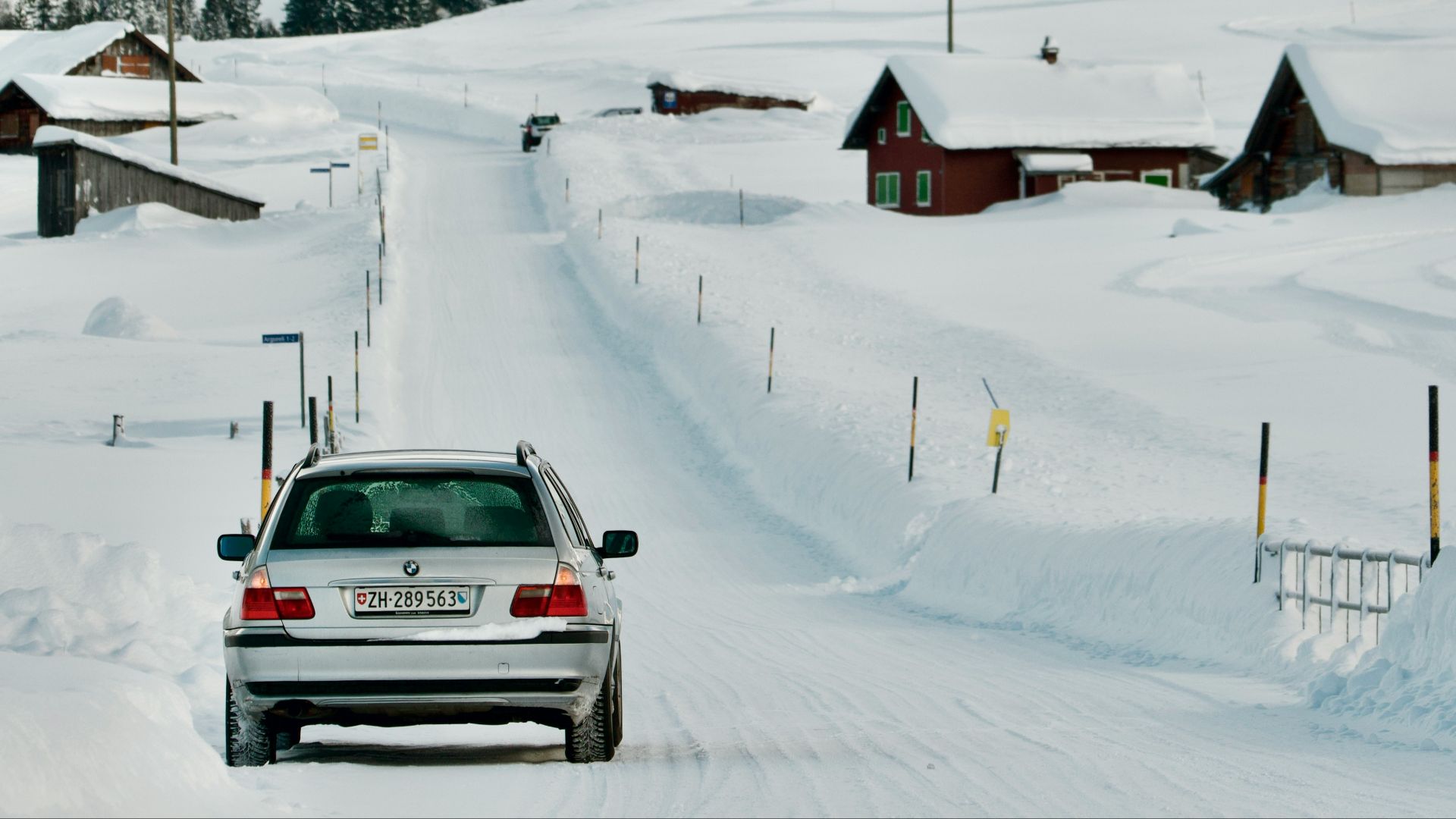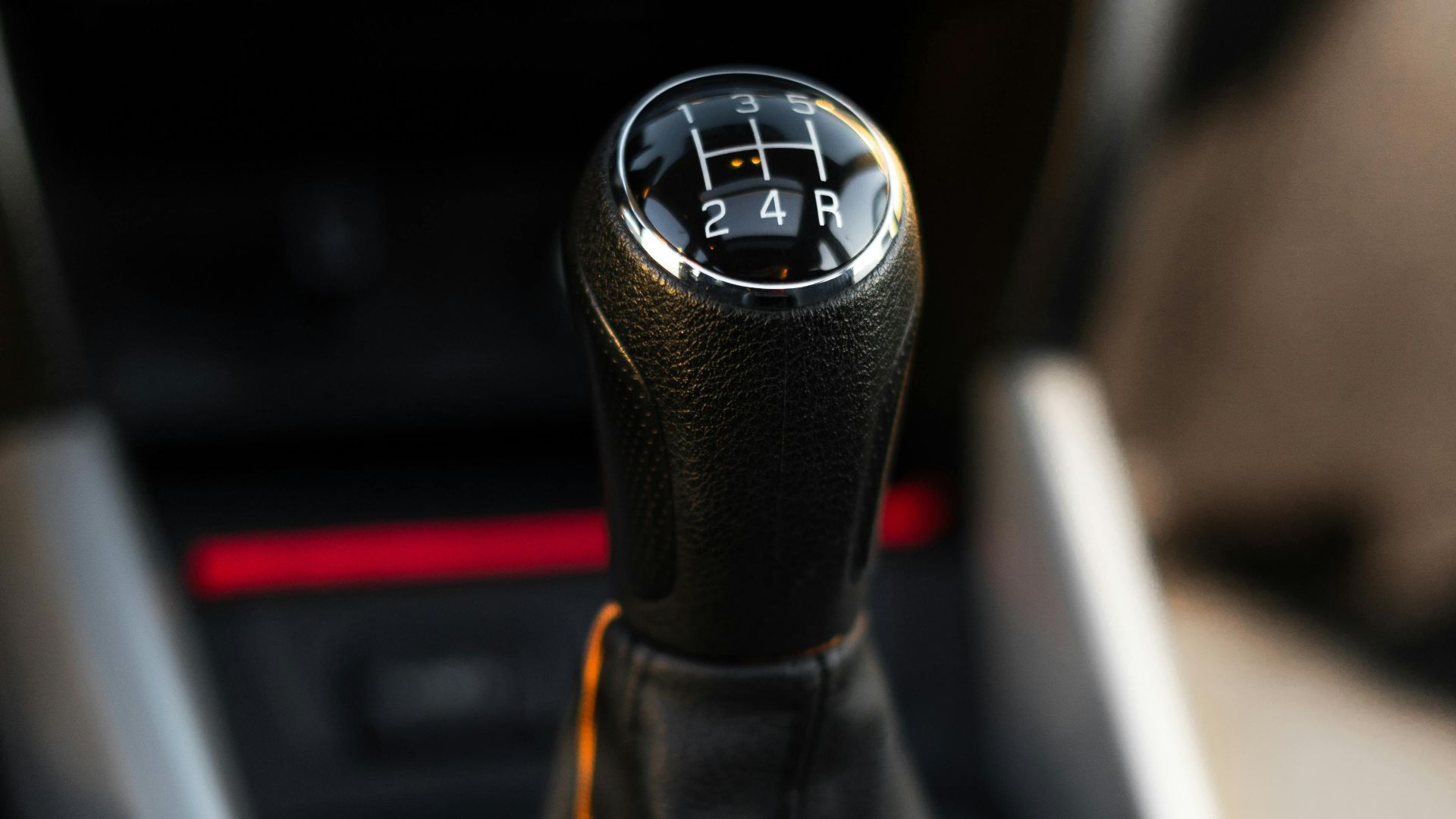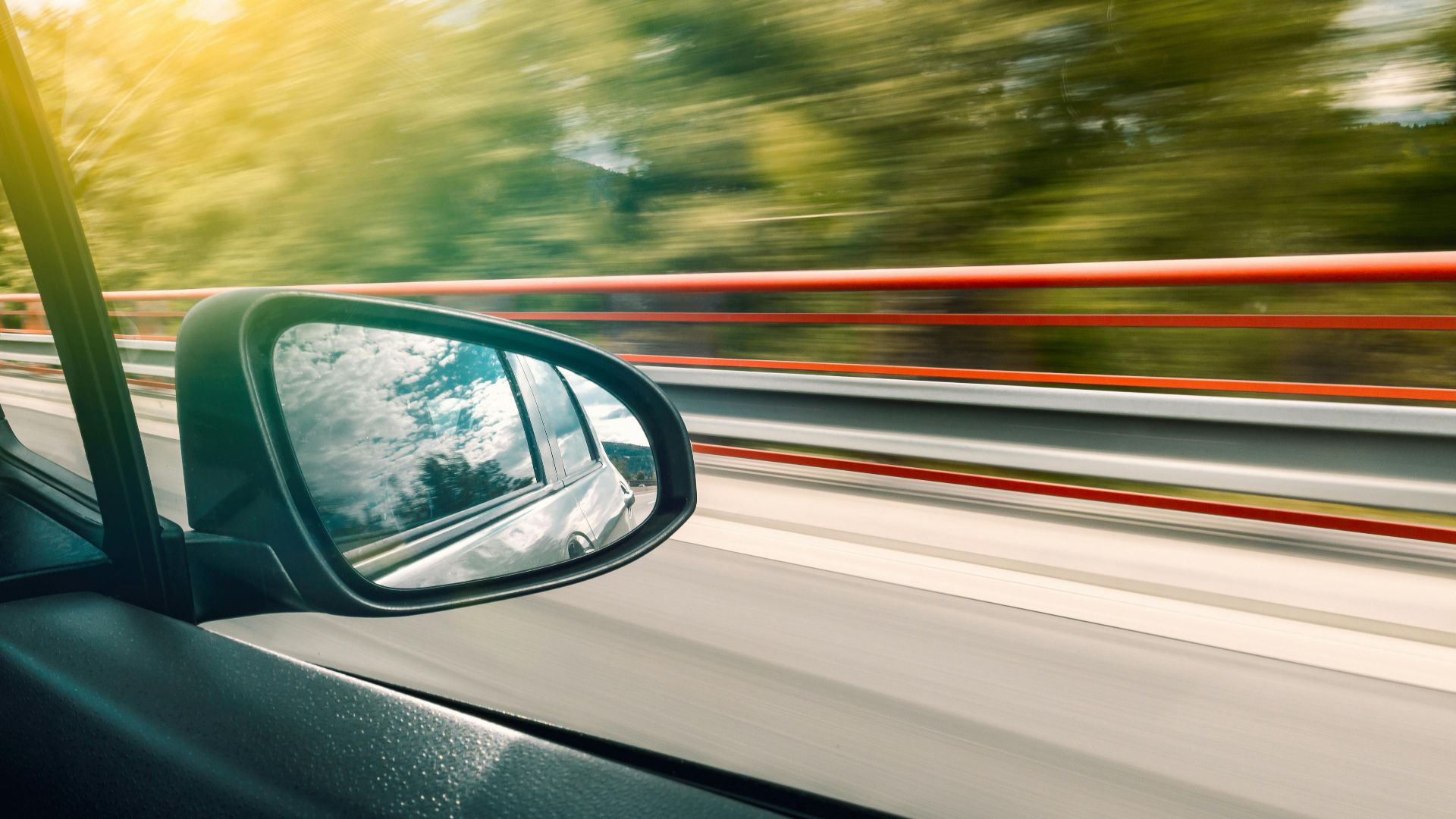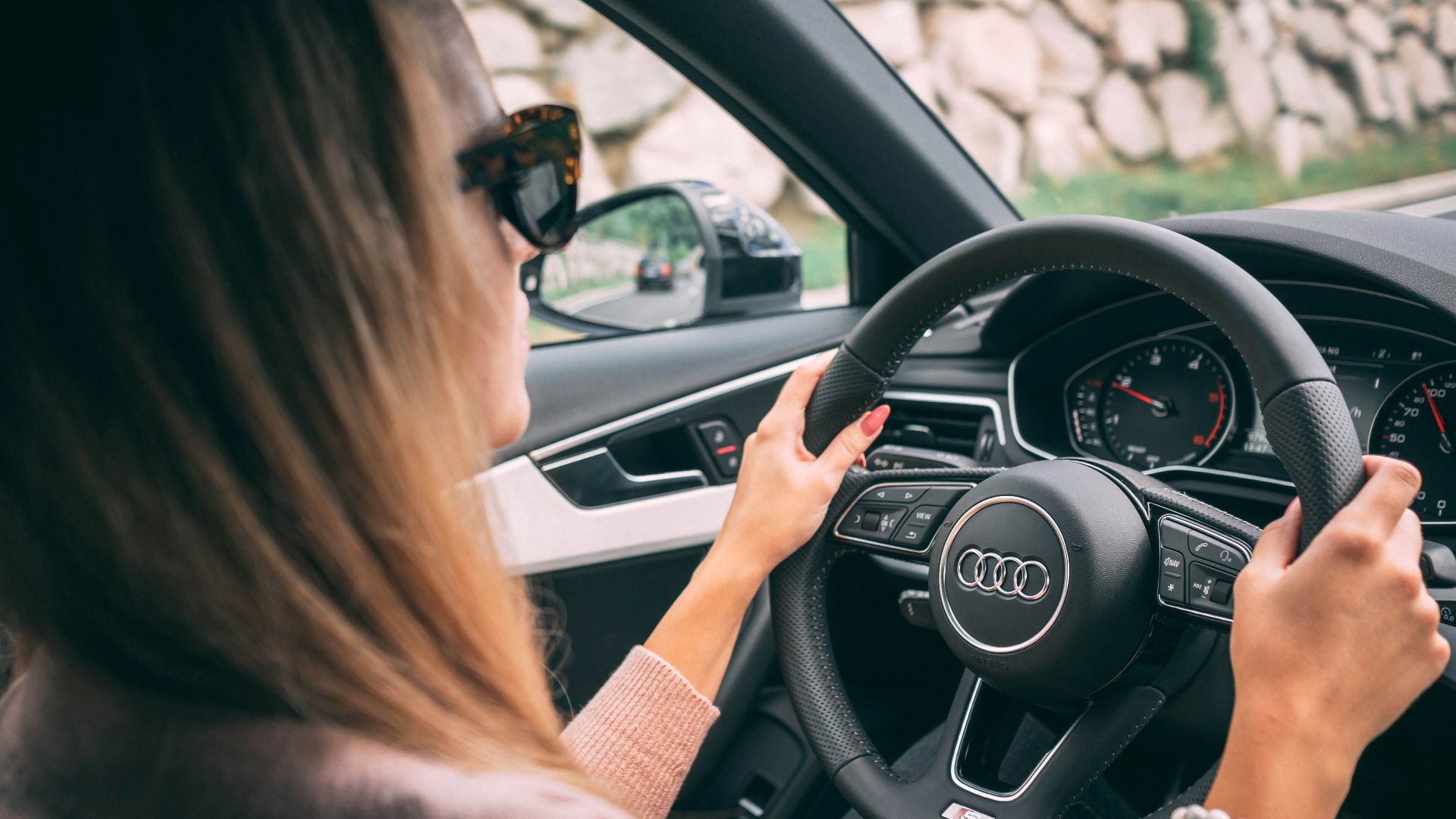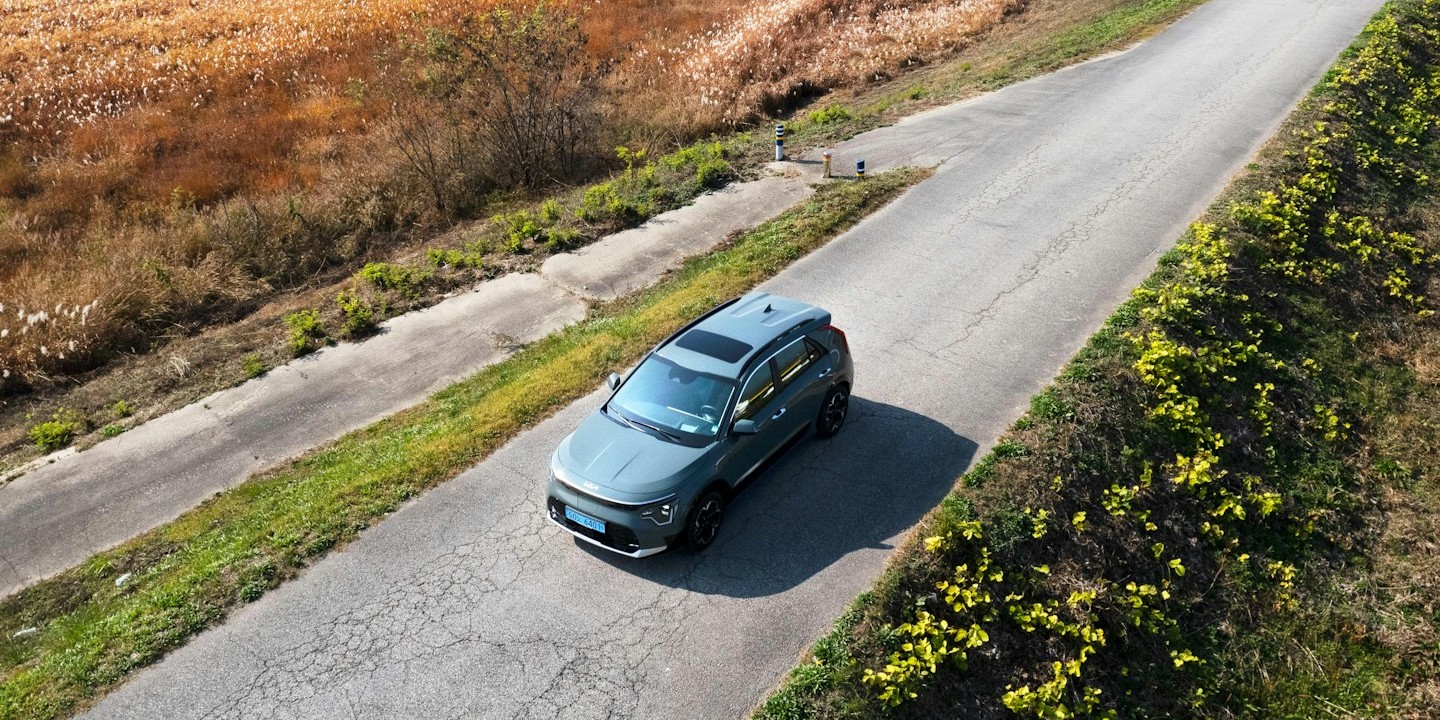The Great Transmission Debate
The manual versus automatic argument has been raging since automatic transmissions became widely available in the 1950s, and it’s only gotten more heated as manuals have nearly disappeared from American roads. Die-hard enthusiasts treat driving stick like some sacred ritual that separates real drivers from mere button-pushers, while automatic defenders wonder why anyone would voluntarily make driving more complicated than it needs to be. The truth of the matter depends entirely on what you value, where you drive, and whether you learned on three pedals or two. Here are 10 reasons proponents champion manual cars, and 10 reasons why automatic transmission is the clear winner.
1. Complete Control Over the Driving Experience
There’s something undeniably satisfying about being able to select which gear you want, when you want it. You decide when to downshift for engine braking on a descent, when to hold a gear through a corner, and when to skip gears entirely. Automatics guess at your intentions, but manuals do exactly what you tell them.
2. Better Fuel Economy (Usually)
Modern automatics with eight, nine, or even ten speeds have closed this gap considerably, but manuals still edge them out in many cases, especially with older cars. You’re not wasting energy on a torque converter or complex hydraulics. Plus, you can hypermile by coasting in neutral or staying in higher gears.
3. Lower Purchase Price
When manuals are even available as options, they typically cost $1,000 to $1,500 less than the automatic version of the same car. It may not be a huge difference, but that’s a decent chunk of your insurance premium for the year or a set of good tires.
4. Cheaper to Repair and Maintain
Clutches eventually wear out, sure, and replacing one might cost $800 to $1,500 depending on the car. Automatic transmission repairs can easily hit $3,000 to $5,000. The complexity of modern automatics means more things can go wrong, and they’re more expensive to fix when they do.
5. More Engaging on Twisty Roads
Rev-matching into a downshift before a tight corner, feeling the weight transfer through the shifter, and getting that perfect heel-toe technique down is the stuff that makes driving genuinely fun on a good back road. You’re playing an instrument instead of just steering. Paddle shifters try to replicate this, but it’s not quite the same.
6. Anti-Theft Device
Most car thieves under 30 can’t drive stick. It’s not foolproof security, but there are documented cases of would-be thieves giving up because they couldn’t figure out the clutch. In 2019, a story of a carjacker in Florida returning a manual car made the news.
7. No Transmission Creep in Traffic
Automatics want to move forward when in Drive, requiring constant brake pressure at stoplights. Manuals sit perfectly still in neutral. Your right leg appreciates not being permanently flexed in stop-and-go traffic.
8. Forces You to Actually Learn How Cars Work
Driving manual gives you mechanical sympathy that makes you a better, more aware driver overall. You can’t just zone out, as you’re far more involved in the process.
9. More Fun in Snow
Being able to start in second gear for gentler power delivery, or use specific gears to control wheelspin, gives you options automatics don’t easily provide. Rally drivers prefer manuals in slippery conditions for a reason.
10. The Satisfaction Factor
There’s genuine pride in executing a perfectly smooth shift or knowing exactly what your engine is doing at any moment. It’s the difference between cooking a meal and microwaving one. Both get you fed, but one feels like an accomplishment.
And now, here are 10 reasons why automatic came and conquered.
1. Easier in Stop-and-Go Traffic
Manuals in bumper-to-bumper traffic are miserable. Your left leg quickly starts cramping from the constant clutch modulation—first gear, neutral, first gear, neutral, over and over. Automatics handle this with your right foot barely moving.
2. Faster Acceleration in Modern Performance Cars
Humans can’t match computer-controlled precision, and dual-clutch automatics and torque converter autos now outperform even skilled manual drivers. The Porsche 911 PDK shifts in milliseconds. ZF’s 8-speed automatic is in everything fast for a reason.
3. Better Resale Value
It may seem counterintuitive since automatics cost more upfront, but they’re easier to sell because the buyer pool is vastly larger. Manuals might hold value with enthusiasts, but automatics move faster on the used market.
4. Anyone Can Drive Them
If ever you need someone else to drive your car, you don’t need to worry about giving them a lesson in advance. With a manual, you’re hoping whoever you’re asking learned on stick, and statistically, they probably didn’t. This matters more than you’d think for long road trips where you want to share driving duties.
5. Less Tiring on Long Highway Cruises
Automatics let you relax on those long drives. You can set cruise control, adjust the radio, and even sip coffee as you hold the steering wheel with one hand. Manuals require that left leg ready even though you’re in sixth gear for an hour straight.
6. Hill Starts Are Trivial
Automatic drivers don’t feel a sense of dread driving up a steep hill with someone’s bumper inches behind them. They just take their foot off the brake and go. Hill-hold assist on manuals helps, but it’s solving a problem automatics never had.
7. No Clutch to Burn Out
While automatics technically have a clutch, it’s managed by the transmission computer that won’t let you destroy it through incompetence or inattention. There’s no burning smell, no premature wear from bad technique, and no expensive repairs because you kept it half-engaged too long at a stoplight.
8. Better for Physical Limitations
A little arthritis in your left knee makes manual transmissions anywhere from uncomfortable to impossible. Automatics remain accessible to us as we age. Sports cars are great until your knee gives out and suddenly that clutch pedal is a deal-breaker.
9. Easier to Eat, Drink, or Navigate While Driving
Automatics let you balance a coffee in one hand while you’re fiddling with the GPS in the other. Manuals mean you’re steering with your knee during shifts while holding your latte. This tends to work out poorly.
10. The Future Is Electric Anyway
EVs don’t have multi-speed transmissions; they’ve got single-speed reduction gearboxes. Porsche’s Taycan may have a two-speed, but that’s rare. The manual versus automatic debate becomes moot when neither exists in the format we’re arguing about.



